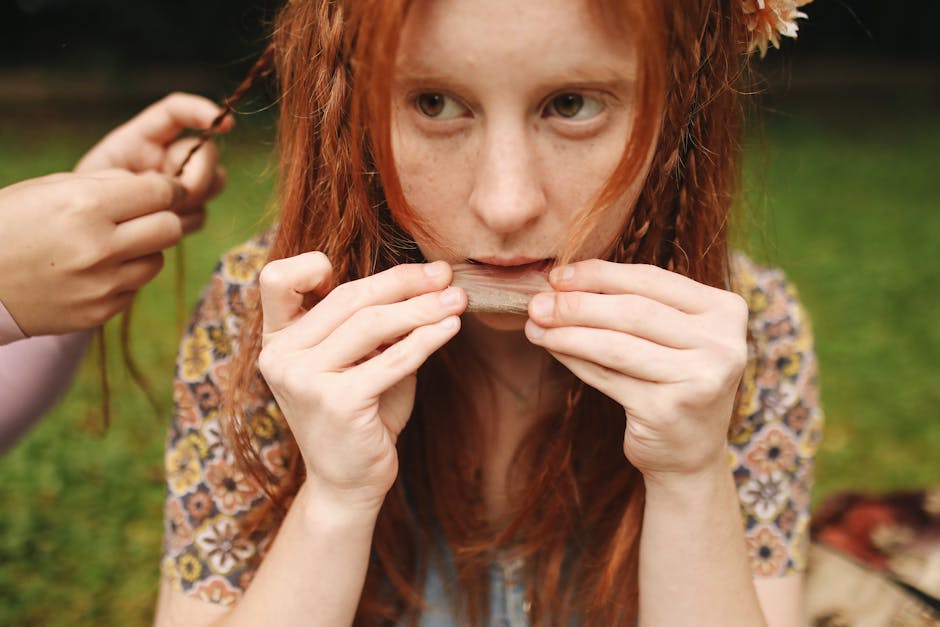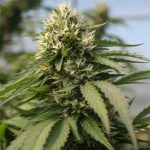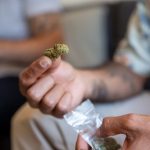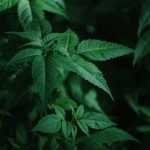Brazilian cocaine, also known as “merla” or “pé de moleque,” has gained notoriety in recent years due to its increasing presence in the global drug market․ In this article, we will delve into the world of Brazilian cocaine, exploring its origins, characteristics, and how it compares to other types of cocaine․
Origins and Production
Brazilian cocaine is primarily produced in the country’s southern regions, particularly in the states of São Paulo, Paraná, and Santa Catarina․ The production process typically involves the cultivation of coca plants, which are then harvested and processed into cocaine hydrochloride․ Brazilian cocaine is often produced in small, clandestine laboratories, making it difficult for authorities to track and regulate․
Characteristics and Purity
Brazilian cocaine is known for its relatively high purity, often ranging between 80% to 90%․ This is due to the fact that Brazilian producers have developed more sophisticated methods for refining and purifying the substance․ The cocaine is often cut with other substances, such as lidocaine or benzocaine, to increase its volume and profitability․
Comparison to Other Types of Cocaine
Brazilian cocaine is often compared to other types of cocaine, such as Colombian or Peruvian cocaine․ While Colombian cocaine is known for its high purity and potent effects, Brazilian cocaine is often considered to be more affordable and accessible․ Peruvian cocaine, on the other hand, is known for its unique flavor and aroma, which is often attributed to the country’s distinct coca plant varieties․
Global Market and Consumption
Brazilian cocaine has gained significant traction in the global market, particularly in Europe and North America․ The substance is often trafficked through Brazil’s extensive border network, making it difficult for authorities to intercept and regulate․ Consumption of Brazilian cocaine is on the rise, particularly among young adults and partygoers who are drawn to its relatively low cost and high purity․
Health Risks and Consequences
The consumption of Brazilian cocaine poses significant health risks and consequences․ The substance can cause cardiovascular problems, including heart attacks, strokes, and arrhythmias․ Additionally, cocaine use can lead to respiratory issues, such as bronchitis, pneumonia, and chronic obstructive pulmonary disease (COPD)․ The risk of overdose is also high, particularly when combined with other substances or taken in large quantities․
Social and Economic Impacts
The production and consumption of Brazilian cocaine also have significant social and economic impacts․ The substance is often linked to organized crime and violence, as cartels and gangs fight for control of the lucrative market․ Furthermore, the economic costs of cocaine addiction can be devastating, leading to financial ruin and social isolation for individuals and families․
Law Enforcement Efforts
Law enforcement agencies around the world are working to combat the production and distribution of Brazilian cocaine․ Border patrols and customs agencies are increasing their efforts to intercept and seize shipments of the substance․ Additionally, international cooperation and information sharing are crucial in disrupting the global cocaine trade․
Treatment and Prevention
Treatment and prevention programs are essential in addressing the issue of Brazilian cocaine addiction․ Rehabilitation centers and counseling services can provide individuals with the support and resources they need to overcome their addiction․ Furthermore, public awareness campaigns and education programs can help to prevent the misuse of Brazilian cocaine and other substances․
Efforts to Combat the Brazilian Cocaine Trade
Law enforcement agencies in Brazil and around the world are working to combat the production and distribution of Brazilian cocaine․ The Brazilian government has implemented a number of initiatives aimed at reducing the country’s cocaine production, including the creation of a special task force to tackle the issue․ This task force is responsible for coordinating efforts between different law enforcement agencies and working with international partners to disrupt the global cocaine trade․
International Cooperation
International cooperation is a key component in the fight against the Brazilian cocaine trade․ The United States, Europe, and other countries are working closely with Brazil to share intelligence and coordinate efforts to disrupt the trade․ This includes joint operations to seize shipments of cocaine and exchanges of information to help identify and prosecute those involved in the trade․
Challenges and Obstacles
Despite these efforts, there are a number of challenges and obstacles that must be overcome in the fight against the Brazilian cocaine trade․ One of the main challenges is the corruption that exists within some law enforcement agencies and government institutions․ This corruption can make it difficult to effectively combat the trade and can even allow those involved in the trade to operate with impunity․
Solutions and Strategies
To overcome these challenges, a number of solutions and strategies have been proposed․ These include increasing transparency and accountability within law enforcement agencies and government institutions, as well as providing additional training and resources to those working to combat the trade․ Additionally, community-based initiatives can help to prevent the misuse of cocaine and other substances, and can provide support to those affected by the trade․
A Way Forward
For more information on the Brazilian cocaine trade and the efforts being made to combat it, please visit the following resources:
- United Nations Office on Drugs and Crime
- United States Drug Enforcement Administration
- International Police Organization







Overall, this article is very well-written and provides a lot of valuable information about Brazilian cocaine. I would definitely recommend it to anyone looking to learn more about the topic.
I found this article to be incredibly informative and well-researched. The author provides a thorough overview of Brazilian cocaine and its presence in the global market.
The article provides a lot of insight into the global market and consumption of Brazilian cocaine. It\
The author does a great job of explaining the production process of Brazilian cocaine and how it is often produced in small laboratories.
I liked how the author discussed the characteristics of Brazilian cocaine and how it is often cut with other substances to increase its volume and profitability.
I was surprised to learn about the high purity of Brazilian cocaine, often ranging between 80% to 90%. This is definitely a well-researched article.
The comparison between Brazilian cocaine and other types of cocaine was particularly interesting to me. I had no idea that Brazilian cocaine was considered more affordable and accessible.